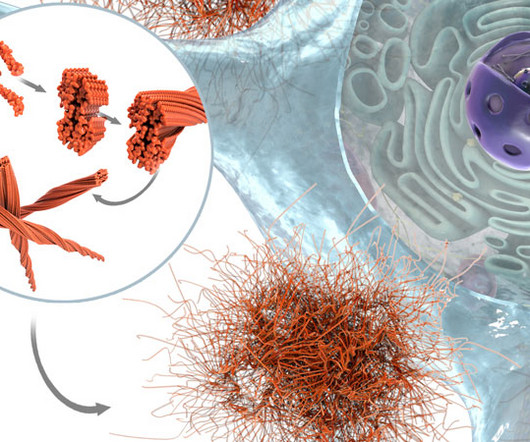Understanding the evidence used in drug product withdrawals
European Pharmaceutical Review
DECEMBER 14, 2023
Between 1999 and 2001, it supported 17 percent of withdrawals, between 2002 and 2011, it supported 26 percent of withdrawals and by 2012 to 2016, 80 percent of withdrawals were supported by observational studies (cohort, case-control, or other epidemiologic design). Meta-analyses contributed least frequently (31.4 As of October 2023, 62.93












Let's personalize your content